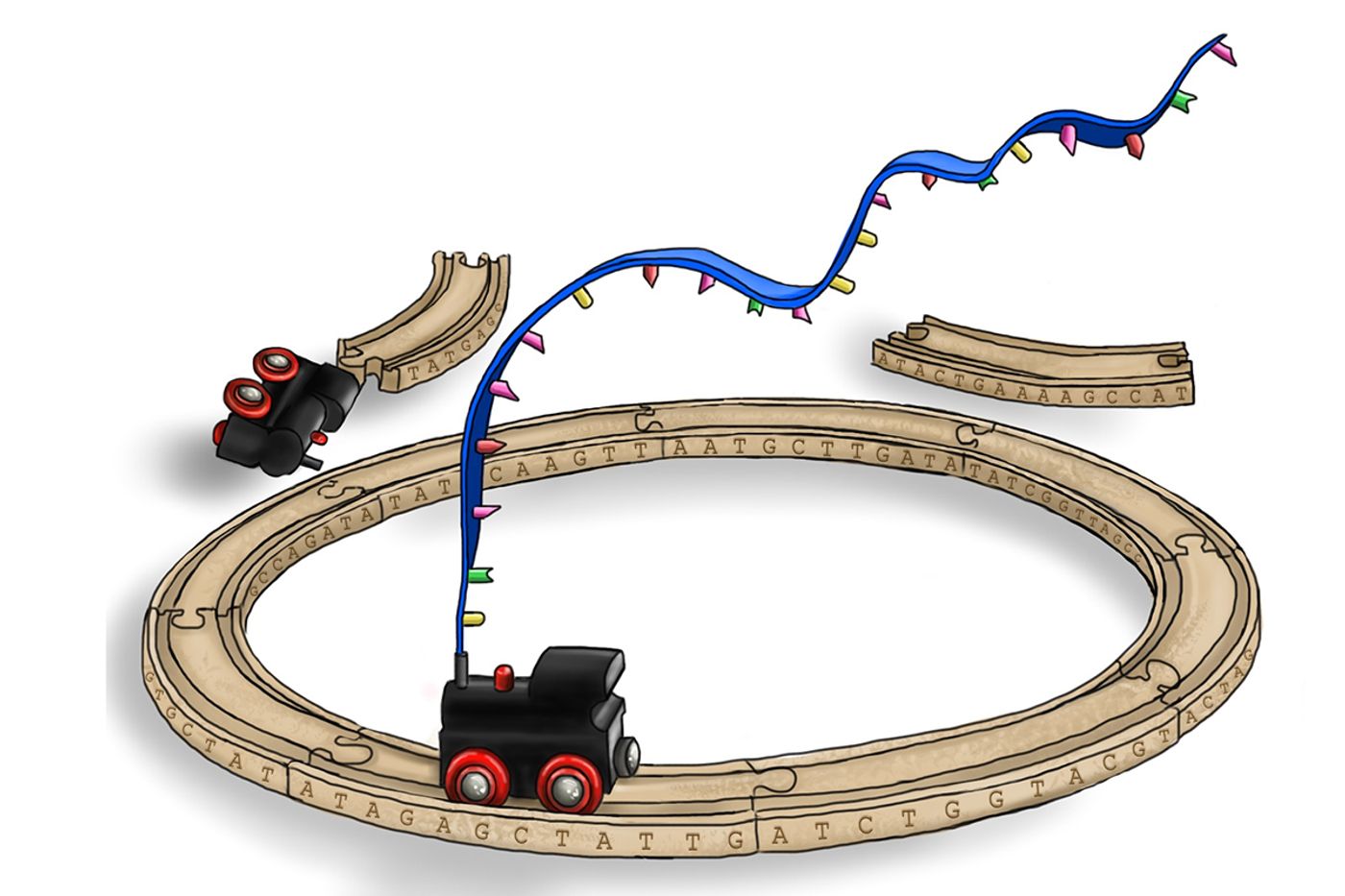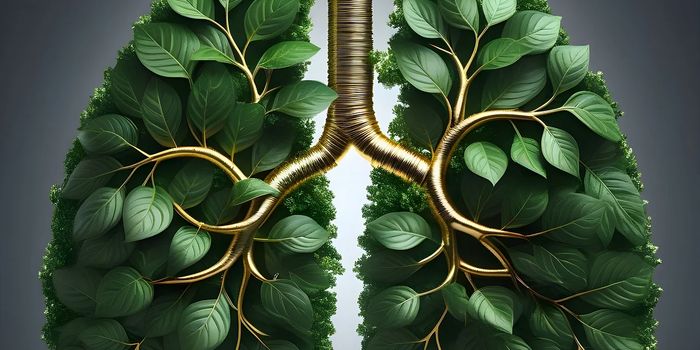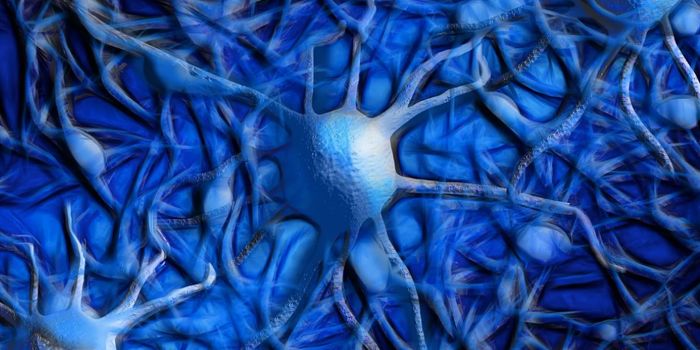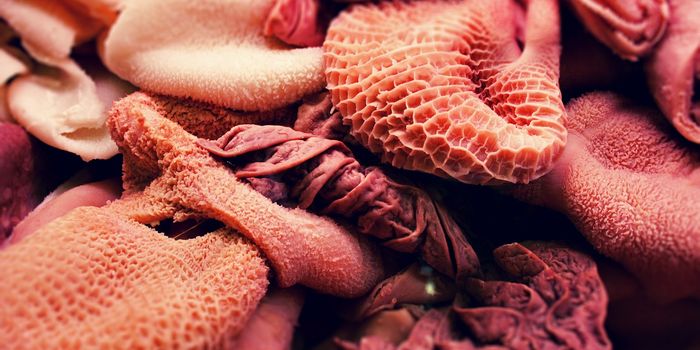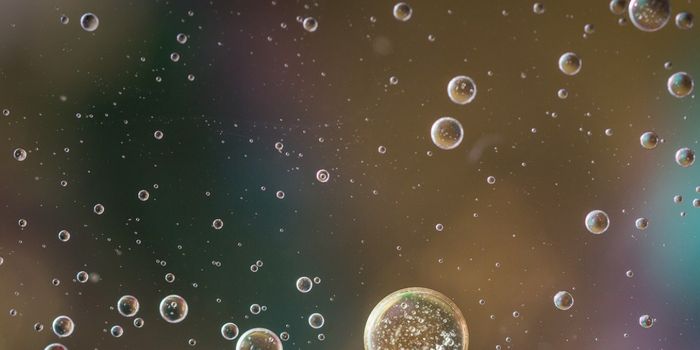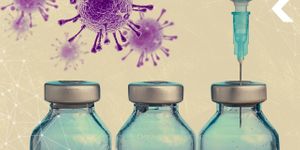Transcription Mechanism Sheds new Light on Junk DNA
Researchers have discovered a mechanism used by a unicellular organism that turns so-called junk DNA into meaningful genetic material that gets transcribed prior to degradation. Genetic research has largely focused on genes that hold the instructions for building proteins, but the vast majority of our genome, and the genomes of other species, contains large regions whose function is unknown, and does not code for protein, which earned it the dubious distinction as junk DNA. It has been suspected by many that these regions are functional, however, and the technique that the unicellular organism uses to make sense of its junk is quite clever. Along with their publication in Cell reporting their findings, the researchers from the University of Bern present a video abstract of their work.
The researchers have found that small pieces of RNA get stitched together into a loop. The investigators were interested in the unicellular ciliate, Paramecium tetraurelia, because they identified small RNA molecules that excise pieces of Paramecium DNA. Looking deeper, there was a kind of feedback loop operating in the excision of DNA segments. Junk DNA was being cut out of the genome, and it is then transcribed into RNA before getting degraded by cellular machinery. The transcribed RNAs act to help cut out even more DNA, building up the RNA production from these excised pieces. However, the resulting RNA pieces are quite small; they are too tiny to be read by normal cellular machinery.
The scientists had to keep digging to learn more about what as happening. "It was an interesting detective work," Nowacki remembers. They had a suspect -- all they needed was to pin it down. "We were not actually looking for the unknown, because we soon had an idea, and then it was all about testing that idea." What they found was that the RNAs were strung together, into strands or concatemers that are about 200 base pairs long and then closed into a loop.
The evidence continues to mount that so-called junk DNA has important functions, likely in the regulation of gene expression and who knows what else. Nowacki suggested that this is the first time, a precise mechanism has been identified whereby deleted, junk DNA is transcribed. That could mean it will finally shed its junky nickname.
Nowacki's lab is working on the NCCR "RNA & Disease -- The Role of RNA Biology in Disease Mechanisms" project, which aims to reveal more about the role of RNA in disease. RNA is a crucial part of gene expression, and disruptions in that system have been linked to cancer, diseases of the heart and brain, and metabolic disorders. Swiss researchers that study different aspects of the function and characteristics of RNA work together at the NCCR, coordinating research using a variety of models like plants, yeast, roundworms, mice and human cells.
Sources: Phys.org via University of Bern, Cell
